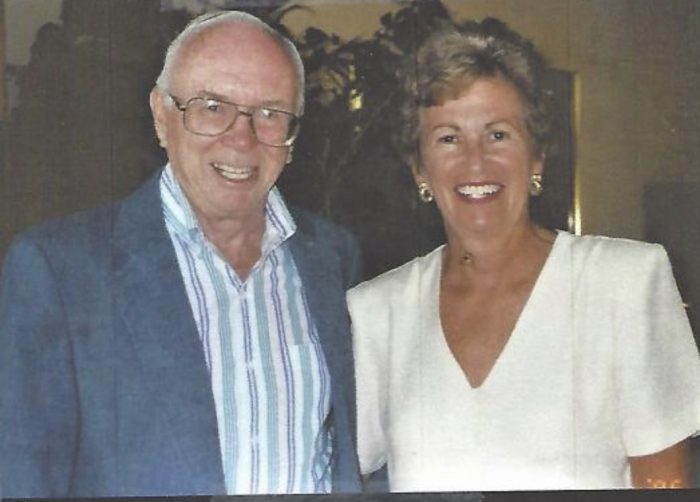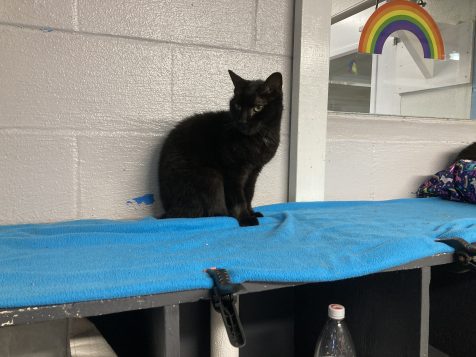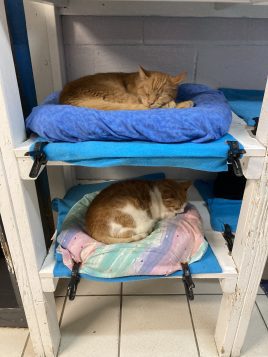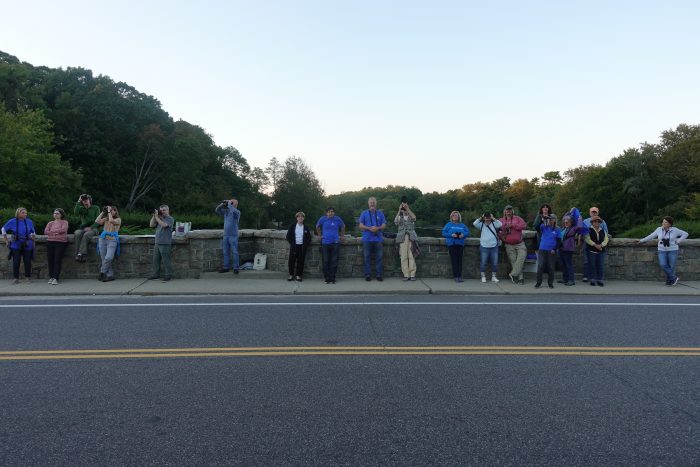By Nasrin Zahed
Several years after discovering “forever chemicals” leaking into Long Island’s groundwater near the Town of Brookhaven Landfill, located on Horseblock Road in Yaphank, the New York State Department of Environmental Conservation calls for “corrective action.”
A plume of highly lethal PFAS, PFOS, and 1,4-dioxane contamination has been uncovered in downgradient wells within the town landfill. The contaminants, commonly called “forever chemicals,” cannot be broken down by the human body or the environment.
According to a statement from the Brookhaven Landfill Action and Remediation Group, or BLARG, exposure to these chemicals “has been linked to some cancers, immune, fertility, thyroid and other health conditions.”
NYSDEC is requiring Brookhaven to begin assessing the current damage and determining a course of immediate action. The town is set to issue a notice to the public detailing the extent of the situation, its effect on local wildlife and communities and the next step in removing and properly disposing of the chemicals. Brookhaven will also hold a public forum to gather community feedback.
BLARG’s statement considered NYSDEC’s action “a day late and a dollar short.”
Kerim Odekon, a BLARG member, stated, “The only news is now DEC acknowledges the problem, which community members have raised to NYS and the town for years.”
Although NYSDEC determined the PFAS levels present “no new threats to drinking water,” community members are still concerned about the long-term effects on private water sources and wildlife.
Town Councilmember Jonathan Kornreich (D-Stony Brook) said he believes the fault should not be placed on the town exclusively, maintaining that “there is no question that the state has to step in as well,” he said.
Kornreich also noted the role of individual consumers and community members in remediating the issue.
“We have to figure out our role in the larger question — that most of us dispose of large amounts of garbage every day,” he said, adding that consumers should consider how they as individuals contribute to the root problems.
The landfill is set to cease collection of certain trash and demolition debris by December 2024. Once the landfill reaches its capacity, the next step is to transfer out ash, potentially adding years to the timeline for full-scale closure.
BLARG continued to urge that the Brookhaven Landfill be shut down sooner rather than later, suggesting that the plume has gone too far.
“The first step is to set a closure date for the Brookhaven Landfill,” the BLARG statement reads, adding, “DEC must step in to set a date for the closure of the landfill.”





















